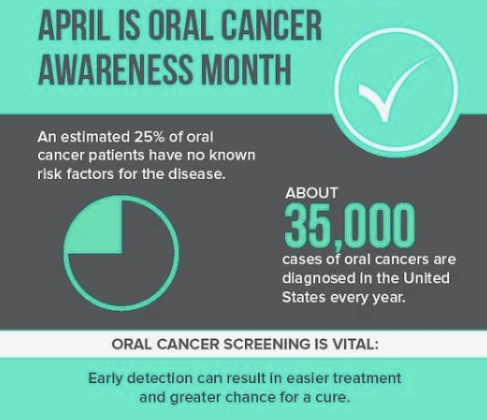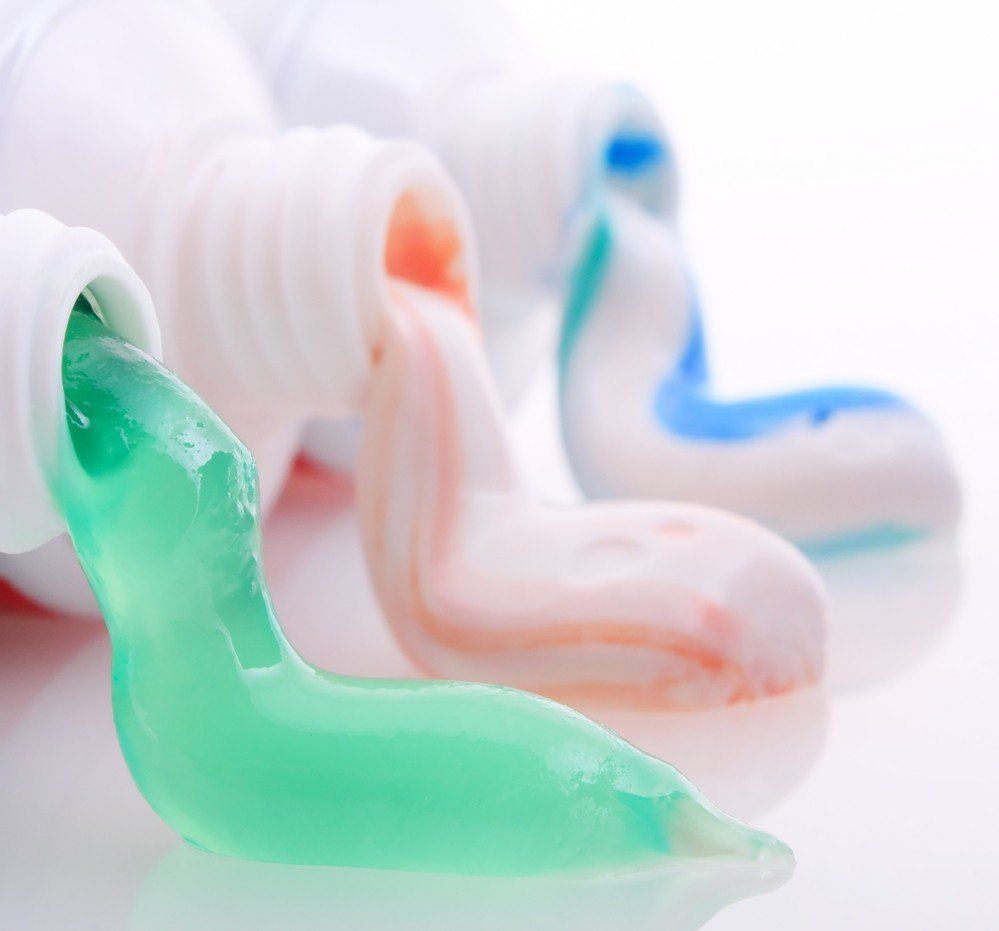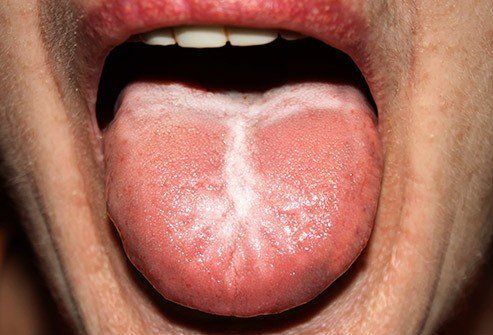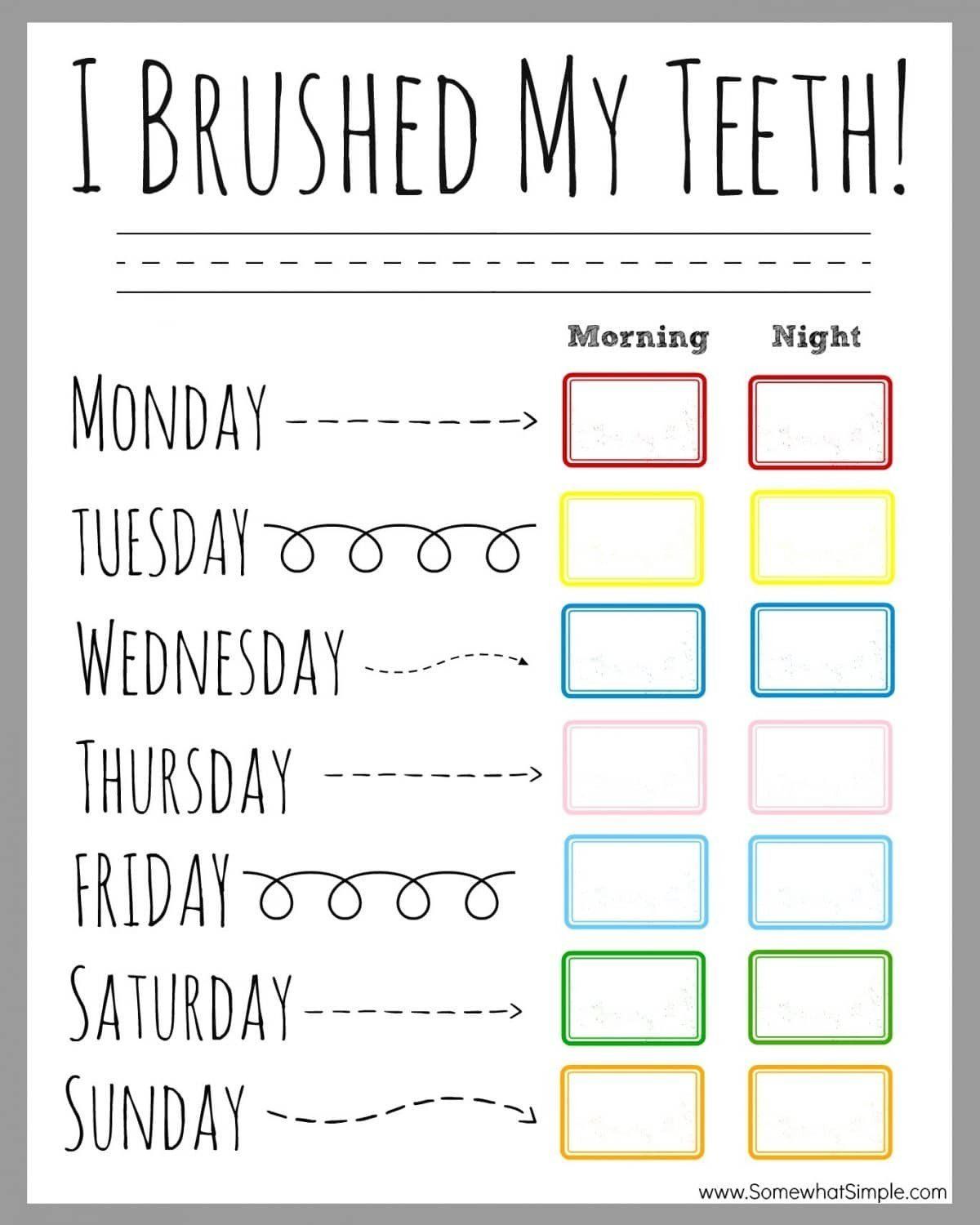Children consuming sports drinks unnecessarily
- By Joel Snyder
- •
- 13 Sep, 2016
- •
A high proportion of 12-14 year olds are regularly consuming sports drinks socially, increasing their risk of obesity and tooth erosion, concludes a Cardiff University School of Dentistry survey.
Published today in the British Dental Journal, the survey looked at 160 children in four schools across South Wales and concluded that children are attracted to sports drinks because of their sweet taste, low price, and availability, with most parents and children not aware that sports drinks are not intended for consumption by children.
Half of the children surveyed claimed to drink sports drinks socially and most (80%) purchased them in local shops. The majority (90%) also claimed that taste was a factor and only 18% claimed to drink them because of the perceived performance enhancing effect. Price was one of the top three recorded reasons for purchase and, of particular concern, 26% of children also cited leisure centres as purchase sources.
Maria Morgan, senior lecturer in dental public health at Cardiff University, said: "The purpose of sports drinks are being misunderstood and this study clearly shows evidence of high school age children being attracted to these high sugar and low pH level drinks, leading to an increased risk of dental cavities, enamel erosion and obesity.
"Dental health professionals should be aware of the popularity of sports drinks with children when giving health education or advice or designing health promotion initiatives."
The Faculty of Sport and Exercise Medicine (FSEM) is calling for tighter regulation around the price, availability and marketing of sports drinks to children, especially surrounding the school area, to safeguard general and dental health.
Dr Paul D Jackson, President of the FSEM UK, said: "The proportion of children in this study who consume high carbohydrate drinks, which are designed for sport, in a recreational non-sporting context is of concern.
"Sports drinks are intended for athletes taking part in endurance and intense sporting events, they are also connected with tooth decay in athletesi and should be used following the advice of dental and healthcare teams dedicated to looking after athletes. Water or milk is sufficient enough to hydrate active children, high sugar sports drinks are unnecessary for children and most adults."
Russ Ladwa, chair of the British Dental Association's Health and Science Committee, added: "The rise of sports drinks as just another soft drink option among children is a real cause for concern, and both parents and government must take note. They are laden with acids and sugars, and could be behind the decay problems we're now seeing among top footballersii.
"Sports drinks are rarely a healthy choice, and marketing them to the general population, and young people in particular, is grossly irresponsible. Elite athletes might have reason to use them, but for almost everyone else they represent a real risk to both their oral and their general health."
The survey also concluded that there is particular confusion over the definition of a sports versus an energy drink. However, from a dental and wider health perspective, these two drinks have similar detrimental effects due to their high sugar content and low pH.
In supermarkets and shops, sports drinks are often sold alongside other sugar sweetened beverages. This is misleading children and parents by indicating that they are meant for use by everyone.
The study -- A survey of sports drinks consumption amongst adolescents -- is published in the British Dental Journal
Story Published on: https://www.sciencedaily.com/releases/2016/06/160627095627.htm

Contact us!
https://www.fabuloussmilesdental.com/contact

ADA Approval
First, make sure you choose a product approved by the American Dental Association and displaying the seal on its packaging. There are plenty of fluoride-free, organic, and all natural options tested by the ADA for both safety and effectiveness at keeping the teeth clean. Products without these seals have not necessarily been tested for their claims and quality, so you’re gambling with the health of your mouth by using them.
Focus on Needs
Consider what your teeth need the most to choose a toothpaste with the right extras. Whitening toothpaste can’t always replace professional whitening from a dentist, but it does work to prevent surface stains that cause your white smile to lose its brightness after treatment. Most toothpastes tend to target one of more of the following conditions or needs:
- Sensitivity, in the gums and teeth, from mild to severe pain
- Fluoride products are essential for kids, adults who don’t get enough of it in their diet, and people with diabetes and many other conditions
- Anti-cavity, which most products cover but which should always be checked
- Anti-gingivitis, ranging from over the counter to prescription products for healthier gums.
Watch Out!
There are a few products you don’t want to use on your teeth, and they’re often sold as cosmetic products rather than medically tested toothpaste. Any whitening toothpaste with a very abrasive ingredient, ranging from natural walnut shell to plastic microbeads, can leave your teeth with enamel damage that is permanent and hard to treat. Activated charcoal powders can also discolor teeth along with eroding your enamel. Look for toothpaste products that reinforce enamel rather than damaging it.
Picking a Toothbrush
Of course, the toothpaste still needs to be applied to the teeth with the right tools to effectively protect you from cavities and gum disease. The wrong toothbrush can damage your enamel, scratch your gums, or fail to remove trapped food from between your molars. Only use soft bristled brushes unless given advice from your dentist to the contrary. For most people, stiff bristles are too hard for their gums. The tip of each bristle should be rounded and not pointed or square so that food debris and tartar comes loose with each sweep. Replace your brush every three months even if it still looks new and fresh since bacteria can build up over time.
Need more advice about what to do to take care of your teeth? Make an appointment with your dentist for a routine cleaning or a timely inspection. You can discuss your concerns without feeling rushed and determine if your current oral health practices are sufficient for keeping your smile bright, healthy, and strong.

Creamy white spots could be thrush, a fungal infection (shown below). It often happens after an illness or medications throw off the balance of bacteria in your mouth. White patches that look lacy could be lichen planus, which means your immune system is attacking the tissues in your mouth. If you see hard, flat, white areas that can’t be scraped away, it could be leukoplakia, which is linked to cancer. Let your dentist know about any white patches you see.


